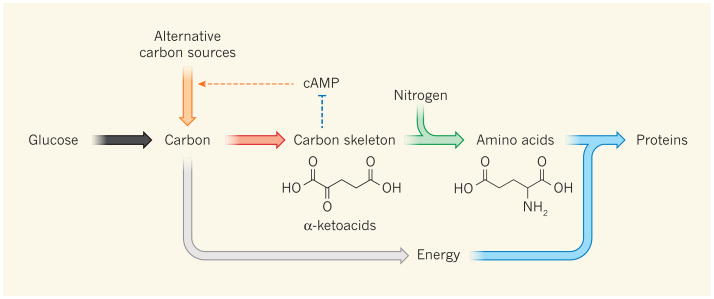Figure 1. Regulation of cAMP levels by carbon and nitrogen availability.
The main biosynthetic task of the bacterium Escherichia coli is protein production. This requires energy generation (grey arrow), carbon-skeleton synthesis, nitrogen incorporation to make amino acids, and protein synthesis. The anabolic fluxes (red, green and blue arrows) increase linearly with growth rate, as does the required anabolic proteome fraction except for processes that are directly slowed by nutrient limitation (such as amino-acid synthesis during nitrogen limitation). Carbon catabolism provides energy and building blocks for anabolism, and cAMP allocates the proper fraction of the proteome to carbon-catabolic enzymes. You et al.3 find that this is achieved by a new regulatory loop, wherein α-ketoacids inhibit cAMP production: when favoured carbon sources such as glucose are present or nitrogen is limiting, carbon influx exceeds anabolic capability and α-ketoacid accumulation inhibits cAMP. Conversely, when favoured carbon sources are depleted, α-ketoacid levels fall, and cAMP increases to stimulate production of the required carbon-catabolic machinery (orange arrows).

